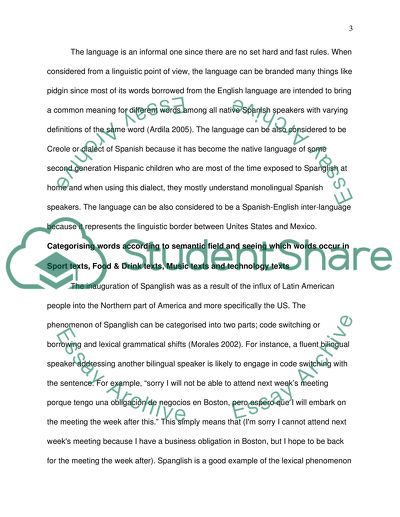Cite this document
(“Spanish Loan words/English to Spanish codeswitching using COHA Research Paper”, n.d.)
Retrieved from https://studentshare.org/humanitarian/1646569-spanish-loan-wordsenglish-to-spanish-codeswitching-using-coha
Retrieved from https://studentshare.org/humanitarian/1646569-spanish-loan-wordsenglish-to-spanish-codeswitching-using-coha
(Spanish Loan words/English to Spanish Codeswitching Using COHA Research Paper)
https://studentshare.org/humanitarian/1646569-spanish-loan-wordsenglish-to-spanish-codeswitching-using-coha.
https://studentshare.org/humanitarian/1646569-spanish-loan-wordsenglish-to-spanish-codeswitching-using-coha.
“Spanish Loan words/English to Spanish Codeswitching Using COHA Research Paper”, n.d. https://studentshare.org/humanitarian/1646569-spanish-loan-wordsenglish-to-spanish-codeswitching-using-coha.


